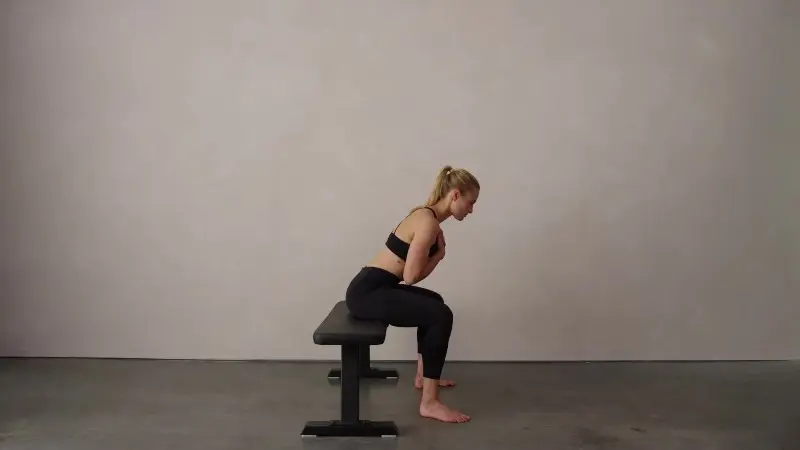
While the traditional Good Morning exercise is well-known in fitness circles for its efficacy in training the posterior chain, its various modifications also provide unique benefits. One such variation is the Seated Good Morning exercise. This movement, although less recognized, is a potent tool for targeting the lower back, and to a lesser extent, the glutes and hamstrings. This article will delve into the Seated Good Morning exercise, explaining its benefits, proper execution, and variations for different fitness levels.
What is the Seated Good Morning Exercise?
The Seated Good Morning is a version of the traditional Good Morning exercise performed in a seated position. Usually conducted with a barbell resting on the upper back, this movement emphasizes the muscles of the lower back more directly than its standing counterpart. This is because the seated position limits the involvement of the hamstrings and the glutes, shifting the focus towards the lower back muscles.
The Benefits of Seated Good Morning Exercise
Despite being less popular than the standing version, the Seated Good Morning exercise holds significant benefits, especially for those looking to strengthen their lower back:
1. Lower Back Strength
As the seated position isolates the lower back more than the standing position, the Seated Good Morning exercise is an excellent option for those aiming to specifically target and strengthen this area.
2. Improved Posture
By strengthening the lower back muscles, this exercise can aid in improving posture, which is crucial for maintaining the health of your spine and avoiding back pain.
3. Enhanced Performance in Other Lifts
A strong lower back can enhance performance in other compound lifts such as squats and deadlifts, where the lower back plays a vital role.
4. Accessibility
For individuals who may have difficulty performing the standing Good Morning due to balance issues or certain injuries, the Seated Good Morning provides an accessible alternative.
Performing the Seated Good Morning Exercise Correctly
Step-by-step guide:
- Begin by sitting on a bench with your feet firmly planted on the ground. Position a barbell on your upper back as you would for a squat.
- With your chest up and core braced, hinge forward from your hips, maintaining a neutral spine.
- Lower your torso as far as comfortable without rounding your back. You should feel the tension in your lower back muscles.
- Using your lower back muscles, return to the upright position.
- As with any exercise, it is essential to prioritize form over the amount of weight lifted to avoid injury and ensure effective muscle engagement.
Variations and Modifications
There are several variations of the Seated Good Morning exercise to fit different fitness levels:
1. Resistance Band Seated Good Mornings
If you’re new to this exercise or don’t have a barbell available, using a resistance band is an excellent alternative.
2. Dumbbell Seated Good Mornings
Holding a dumbbell at chest level can be an effective way to perform this exercise while maintaining control and stability.
3. Seated Good Mornings with Raised Feet
Raising your feet off the ground during the exercise increases the challenge to your core and lower back.
Conclusion
The Seated Good Morning exercise, with its primary focus on the lower back, can be an excellent addition to any fitness routine. It offers a variety of benefits, from improved posture to enhanced performance in other compound lifts. Whether you’re seeking an alternative to the traditional Good Morning exercise or trying to strengthen your lower back specifically, the Seated Good Morning exercise is a worthwhile consideration. Always remember to consult a fitness professional when incorporating new exercises into your routine to ensure safety and proper form.


